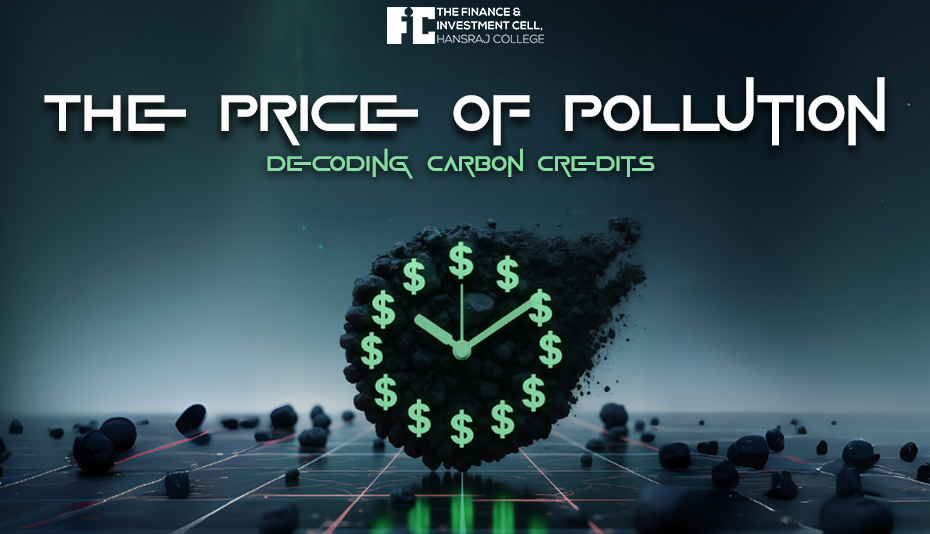Economic Moat Shield
- FIC Hansraj

- Aug 18, 2021
- 3 min read
Updated: Aug 31, 2021
In medieval times, the moat that surrounded the castle used to protect treasures within from invaders, in present times the economic moat does that for the companies. The economic moat refers to the long-term competitive advantage that a company holds to protect its profits and market shares from competing firms. Several investors like Warren Buffet suggest that acquiring businesses or investing in them is similar to buying castles; the ones with deep moats are more valuable as they are protected from competitors and can maintain strong profits. Such companies keep on enhancing their economic footprint and are rewarding for their owners and shareholders.

HOW DO COMPANIES CREATE ECONOMIC MOAT?

Different companies follow different ways to create an economic moat. While some achieve production advantages and provide their services at a lower cost, others provide certain advantages to their consumers which their competitors don’t. Intangible assets such as patents give an advantage and an edge over the others, for example, the secret formula of Coca-Cola can’t be produced by other firms, giving Coca-Cola an edge over them. A wide network effect that makes satisfied consumers recommend the products to other consumers also can initiate a moat, and so can high customer-switching costs.
HOW DOES ONE IDENTIFY AN ECONOMIC MOAT?
When we invest, we must now look for certain identifiers of companies that possess an economics moat. Such companies tend to have a huge pile of cash in hand and tend to perform steadily even in economic slowdowns. With a generally great brand image, these companies have a well-defined line of products and an efficient scale. With high customer switching costs and fanatically loyal customers, these companies soar with their advantages.
TYPES OF ECONOMIC MOATS
Network Effect Moats are the ones wherein the value of the product to its users increases in proportion to its use. For example, social media networks weren't very useful when only a handful of first adopters had it, but now since the majority uses it, it has gained value. Because network effects can allow a product to gain wide utility fast, they can help companies build formidable business moats. Then comes Cost Moats, many of the biggest and most durable business moats in history have been built on an advantage related to cost. It involves switching costs moats that exist when a company sells a product its users need or trust too much to switch providers; sunk cost moats that operate by eliciting a significant one-time or repeating payment from a customer, the size of which is big enough to dissuade that customer from leaving for a competitor later and cost advantage moats exist when companies build more efficient manufacturing or distribution and use that to offer lower prices than competitors. There also exist Cultural moats, and huge companies have been built off intangible factors like brand and tradition as well. Brand-based business moats protect a company from competition through some kind of unique value proposition, culture, and messaging while tradition-based business moats protect a company through the values and beliefs of the culture. Resource moats are the ones where the companies leverage internal expertise, patents, and/or legal protections.
IMPORTANCE IN INVESTING
This subject matter is very important and needs to be understood and appreciated by value investors. Two major things we look for are the magnitude of return and the likelihood that the company will continue to generate these. To generate greater profits the companies must have an edge over their competitors. If the advantage is durable, the company will be able to sustain profits and will continue to provide value for investors. Hence, the bigger the moat, the better the return and the safer the value of your investment. Let the moat be your knight in shining armor and guide you to a valuable investment.







Comments